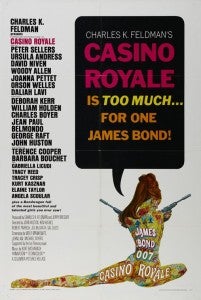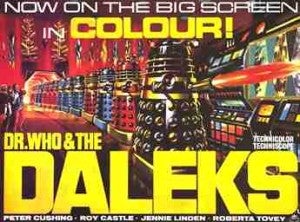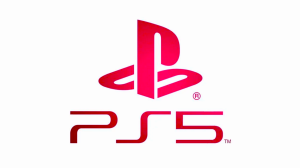With the announcement today that X-Men: Days of Future Past will introduce Quicksilver to the film, fans have immediately begun to ask: What does this mean for The Avengers and, potentially, for the larger cinematic universe that Marvel Studios, 20th Century Fox and Sony Pictures Entertainment are rumored to be developing?It’s already been established that the rights to the two characters are jointly held, and the Marvel Studios and Fox are both able to utilize the character, provided they play by a set of ground rules that basically prohibit each franchise from directly referencing key elements of the other.For example, they couldn’t use the word “mutant” in The Avengers 2, or reference the fact that their father is Magneto.That makes for a very divided family, as both Magneto and their half-sister Polaris are firmly in the Fox camp and could not be used or even referenced in a Marvel Studios film.The answer to the question above is complex, of course; there are a few options as to how it might go down.
Videos by ComicBook.com
In the mid 1960s, American producer Charles K. Feldman acquired the film rights to Casino Royale. After a failed attempt to have it made as part of the official series, he decided to turn it into a James Bond spoof instead.The film opens with David Niven playing a retired 007. M begs him to come back to them, and when Bond refuses, his mansion is promptly blown up! M is killed in the explosion and Bond takes over his position.He decides to rename all of the agents to James Bond to confuse the enemy. This results in David Niven, Terence Cooper, Woody Allen, Joanna Pettet, Daliah Lavi, Peter Sellers and Ursula Andress all playing James Bond!
Even if they end up going with the “two different sets of actors” approach and don’t connect the movies, there’s nothing to suggest that the film studios have a bad relationship as much as that they’re either taking advantage of the loophole afforded them for fun or for continuity reasons.Doctor Who had a similar situation in 1965, when the non-canonical film Dr. Who and the Daleks was released starring Peter Cushing as the titular Doctor. The first time the famed character had been filmed either in color or in widescreen, the film was nevertheless something of an ugly stepchild, with Cushing’s iteration coming in between serials featuring the first TV Doctor, William Hartnell. Cushing would play the character again in a sequel, Daleks – Invasion Earth: 2150 A.D., which would be released two months before Hartnell’s last appearance as the character in October 1966.Totally random trivia: Only once have two different actors received an Academy Award for playing the same fictional character in two different movies: Marlon Brando and Robert De Niro, for playing Don Vito Corleone in the first and second installments of The Godfather.













